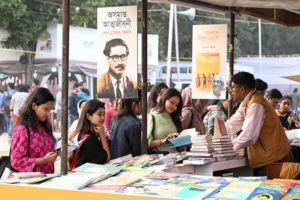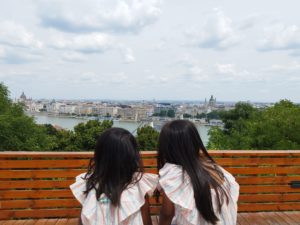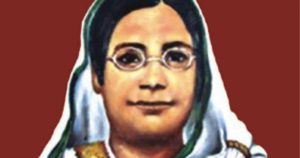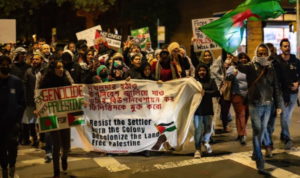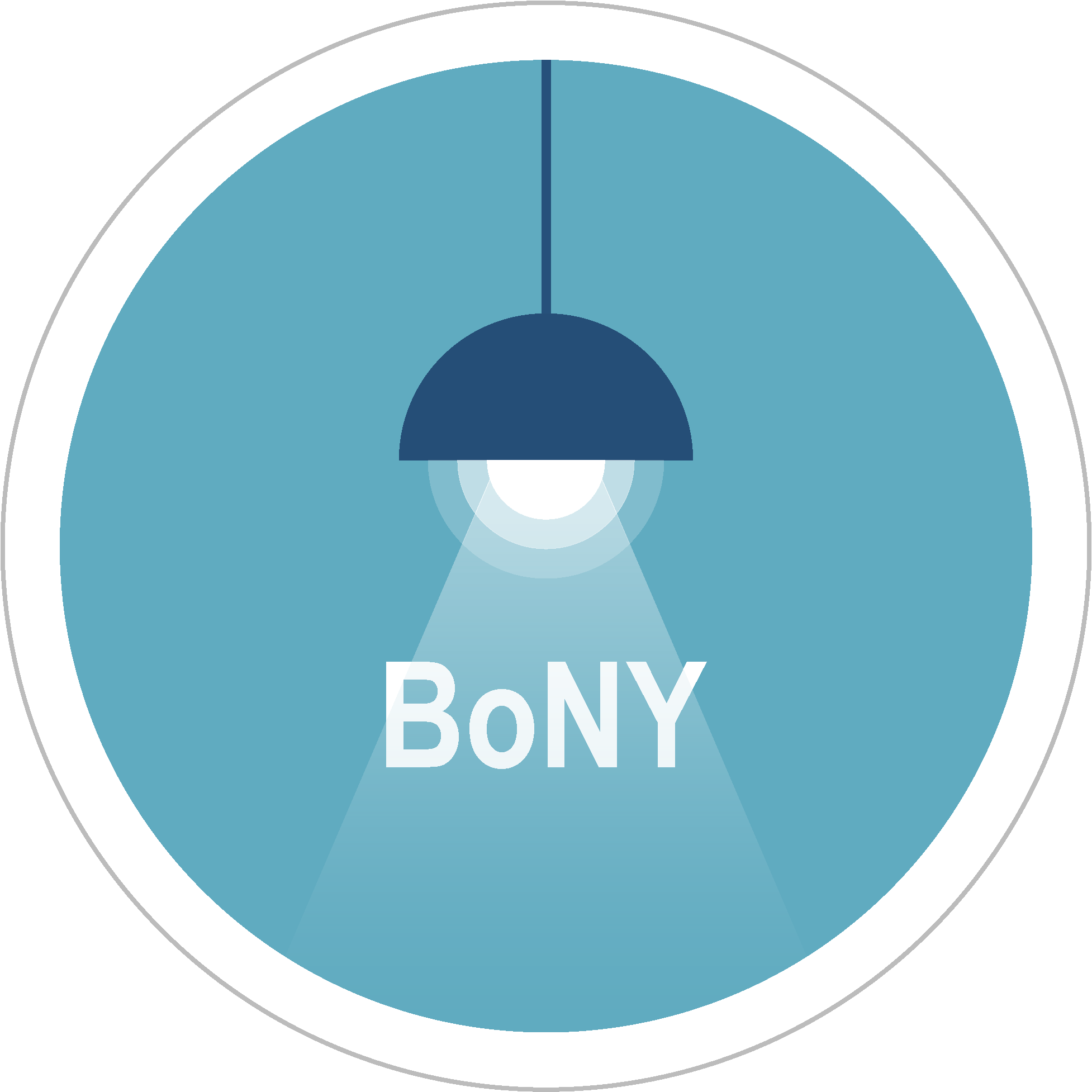Marma Tribe

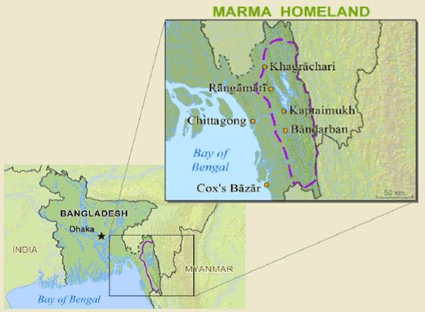
The Marmas are an ethnic group that live in the Chittagong Hills region of Bangladesh, specifically Bandarban,
Khagrachhari and Rangamati. But many also live in the coastal districts of Cox’s Bazar and Patuakhali. They also live in Tripura, India. There are currently 350,000 members of the Marma tribe. Making them the second largest ethnic group in Bangladesh.
The language is a Burma-Arakanese dialect, but many can speak the local language of Chittagong. But the written language is an intricate Burmese script. The word “Marma” originates from the Burmese word “myanma” which means Burmese nationals.
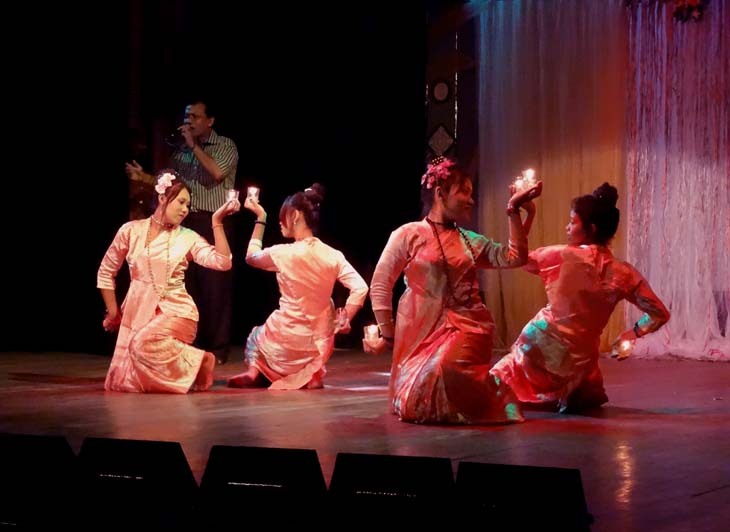
The tribe was previously known as Moghs/Maghs for centuries but they disliked the name because it meant “pirate” so they assumed the name “Marma” in the 1940s. The tribe is divided into 12 clans, each clan is named after the place where they migrated to, with each clan headed by a Raja as the chief of the clan. These clan leaders are entrusted with resolving disputes and maintaining law and order.
Majority of the Marma tribe follows animistic Buddhism, specifically Theravada Buddhism, but 3% follow Christianity as well. Marma communities have a very nuclear household but both sons and daughters can inherit their parents’ properties.
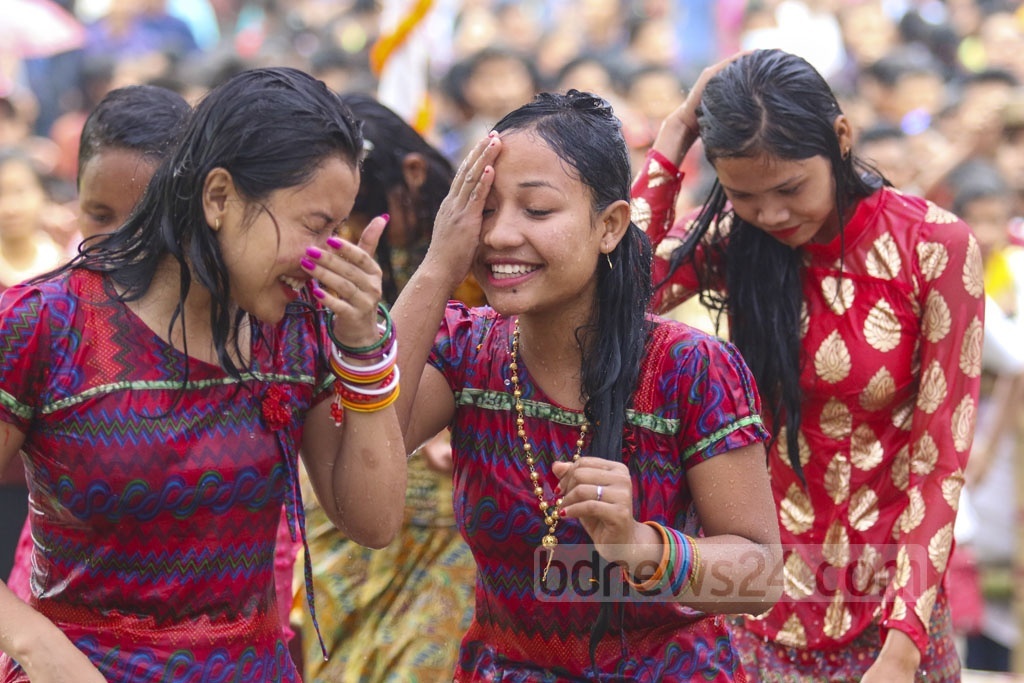
The Marma community is mostly agricultural. A lot of the tribe’s homes are built from bamboo, straw, and wild grass on top of wooden or bamboo platforms. The traditional clothing consists of a sarong for both men and women, but with women wearing a blouse (angi) and men wearing a waistcoat.
Marma tribes’ ancestors originally came from Pegu city of Burma long before it was invaded in 1599 by the commander of the King of Arakan. They then later migrated from Arakan (Rakhine-state) to the Chittagong Hill Tracts between 16th and 18th centuries.

After the independence of BD, Bengali Muslims began colonizing the Chittagong Hill Tracts. The government tried to incentivize by offering 5 acres of land and free food rations in order for the Bengali Muslims to settle in the area, but the Marma community declined. Between 1979 to 1997, Bengali Muslim settlers and the BD military carried out 15 major massacres and sexual violence of Buddhist people in the Hill Tract region. As a result, many fled to the Indian state of Tripura or Myanmmar.
Amnesty International reported documents of systematic accounts of torture, executions, and forced conversions by security forces between 1989 and 1990. In 2004 and 2013, extremists torched over 1k Buddhist homes and 18 temples, displacing thousands of Marmas, and killing 30 individuals.
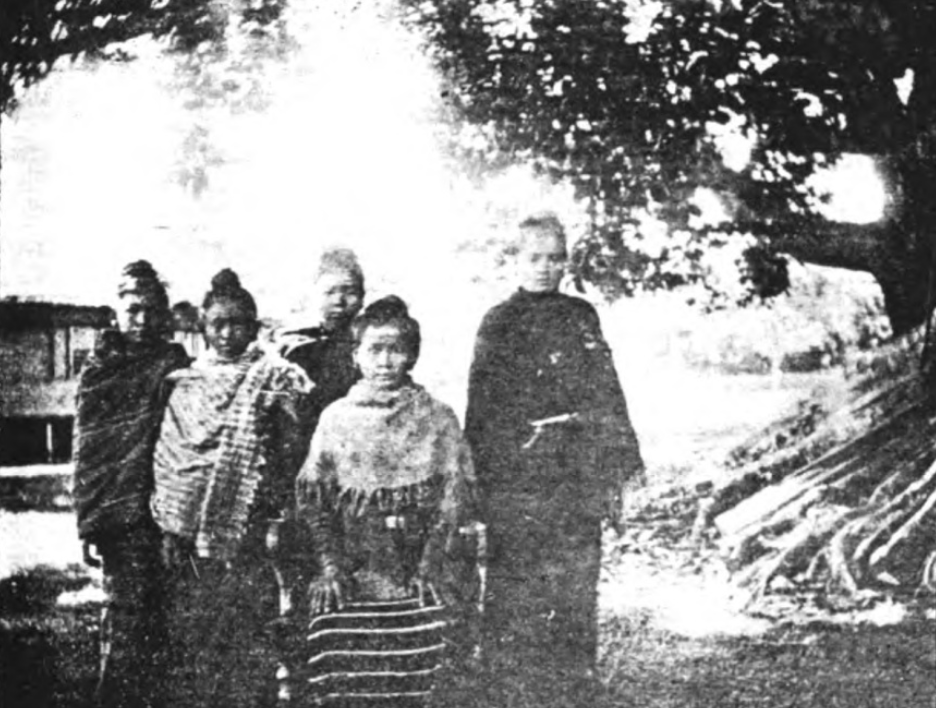
In 2014, 34 acres of Marma farmland were seized by authorities to build a Border Guards Bangladesh hq. And in 2018, over 100 acres of their land were seized by a hotel developer.
Today, the Marma culture still thrives even as they face persecution, and their land being overtaken.
Read More
The Legacy of Boi Mela
Every year in February, the month-long national book fair welcomes...
Read MoreMillennial Amma: How to Explain a Global Crisis As a Parent
Rumki Chowdhury shares tips for how to talk to children...
Read MoreBegum Rokeya’s Millennials
A tribute to a pioneering Bengali feminist writer, educator and...
Read More